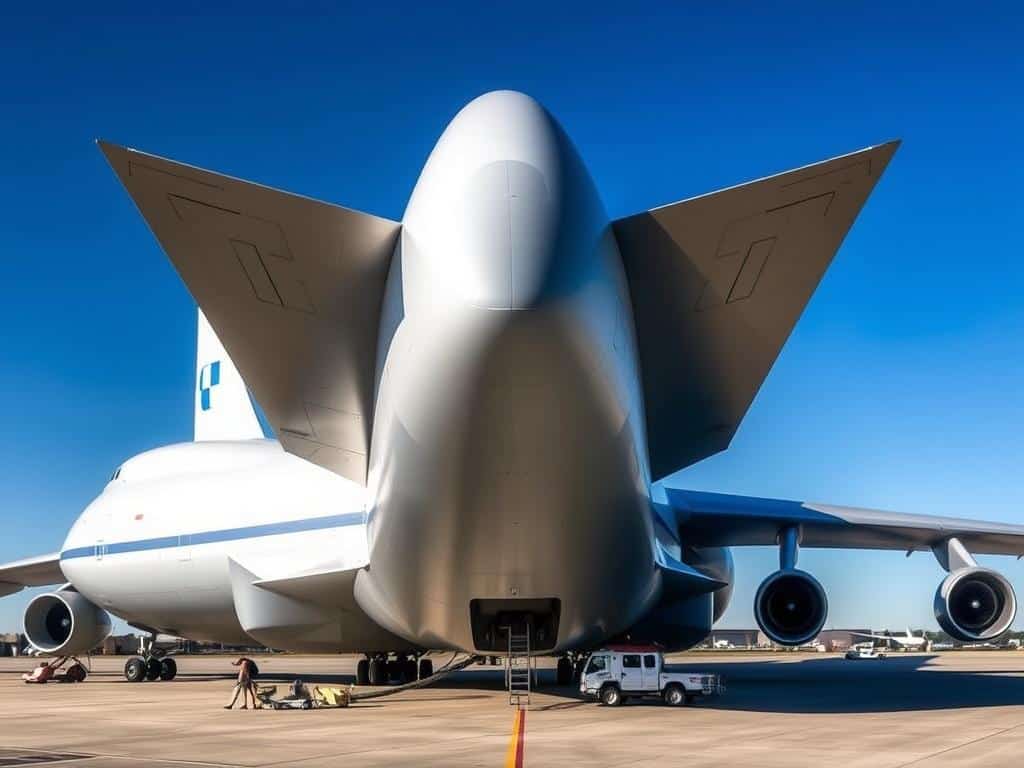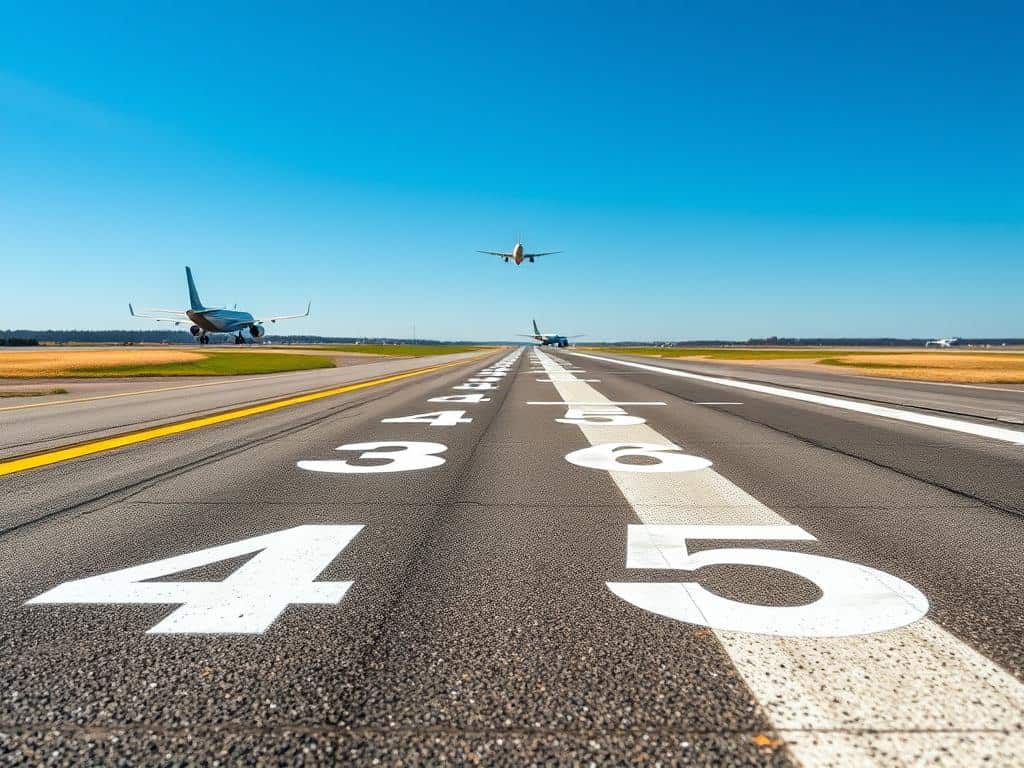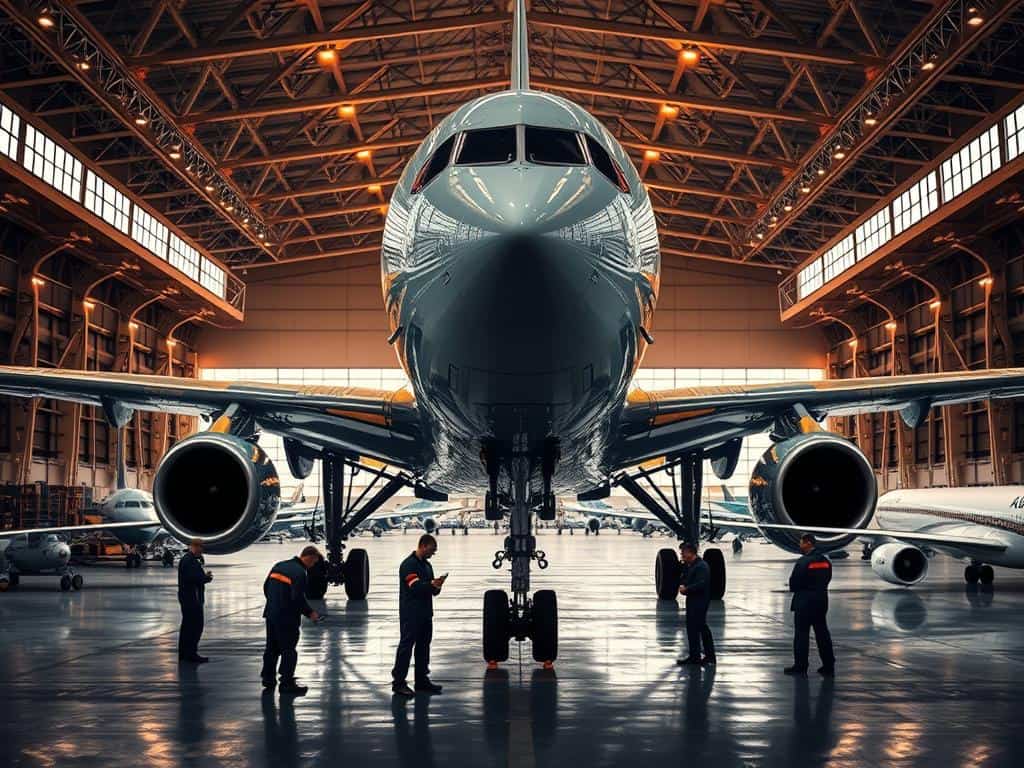My first flight was a mix of excitement and worry. I was surrounded by strangers, wondering about the safety of the flight. Modern flying is very safe, but I was curious about the difference between planes and helicopters.
As I looked into how planes and helicopters work, I learned a lot. Each has its own good points and bad points, based on how they are made. Let’s dive into these differences and see which one is safer.
Key Takeaways
- The mechanics of flight vary significantly between planes and helicopters.
- Statistically, commercial jets have an excellent safety record, while general aviation has higher risks.
- Helicopter accidents often arise from human error or mechanical failures.
- Flight training for helicopters has a higher accident rate compared to airplanes.
- The fatality rates for helicopters are slightly lower than those for airplanes.
- Costs for pilot licenses differ considerably, affecting pilot experience levels.
Understanding the Mechanics of Flight
In aviation, knowing the mechanics is key for pilots and fans. There are two main types of flight vehicles: fixed-wing aircraft and rotorcraft. Each uses its own way to fly. Let’s look at how they work and why they’re different.
How Fixed-Wing Aircraft Operate
Fixed-wing aircraft use wings to lift off the ground. This is based on aviation and aerodynamics. The engines push the plane forward, making air flow over the wings and lift it up.
These planes are built for long trips, keeping passengers comfortable. But, they need long runways to take off and land. This limits where they can go compared to rotorcraft.
How Rotorcraft Function
Rotorcraft, like helicopters, use spinning blades to lift off. This lets them go up, stay in one place, and move in small spaces. They’re great for getting to tight spots, like in medical emergencies.
Knowing how rotorcraft work is important. Their special design lets them fly in places fixed-wing planes can’t. This makes them very useful.
Safety Records: Plane vs. Helicopter
Looking at aviation safety, we see big differences between planes and helicopters. Each has its own challenges, leading to different accident and death rates. This helps us understand the safety of flying.
Statistical Overview of Aviation Safety
In the U.S., helicopters have a fatal accident rate of about 0.73 per 100,000 flight hours. This shows helicopters face more risks than commercial planes. Yet, planes, like those in commercial flights, have much lower death rates, showing they are very safe.
Small private planes, part of general aviation, have a higher risk. They see 1.049 accidents per 100,000 flight hours.

Comparative Fatality Rates
Looking closer at death rates, we see a big difference. Helicopter crashes lead to about 1.3 deaths per 100,000 flight hours. Airplane crashes have a rate of 1.8 deaths.
This might surprise some, as helicopters often do riskier jobs, like emergency evacuations. But, most helicopter flights are safe, thanks to good pilot training and safety tech. Helicopters are safer than most cars, making flying safer than driving.
Factors Affecting Safety in Aviation
Aviation safety involves many factors. These include the training pilots need and the places they fly. Both airplanes and helicopters require special safety measures.
Human Error and Training
Human mistakes are a big problem in aviation. Many crashes happen because pilots don’t know enough or aren’t skilled enough. Helicopters are harder to fly than airplanes, needing pilots to learn complex skills.
Special training programs are key to reducing these mistakes. The FAA sets strict rules for pilot training. This includes lots of practice and regular checks to make sure pilots are ready for helicopter flying.
Operational Environments
The places where planes fly affect safety a lot. Helicopters fly in busy areas, like cities, where they can land close to emergencies. This helps but also makes them more likely to hit things like buildings.
On the other hand, airplanes fly higher and in more controlled areas. This makes crashes less likely. Each type of plane has its own safety rules based on where it flies. New technology, like systems to avoid collisions, also helps keep flights safe.
Conclusion
My look into aviation safety shows that planes and helicopters each have their own strengths and weaknesses. Planes, like the Boeing 787 Dreamliner, are very safe for long trips at high altitudes. But helicopters, such as the AgustaWestland AW109, are great for quick access in emergencies.
Helicopters can land in places planes can’t and get to altitude fast, avoiding long waits. Yet, most accidents happen because of human mistakes, not just in planes but also in helicopters. With the right training and safety rules, pilots can lower these risks.
Ensuring safe flights is a team effort between makers, pilots, and rules makers. With the right training and upkeep, both planes and helicopters can be safe. Looking at the different safety factors, it’s clear we need to know each aircraft’s special needs. Whether flying a plane or a helicopter, safety is everyone’s job in the aviation world.



